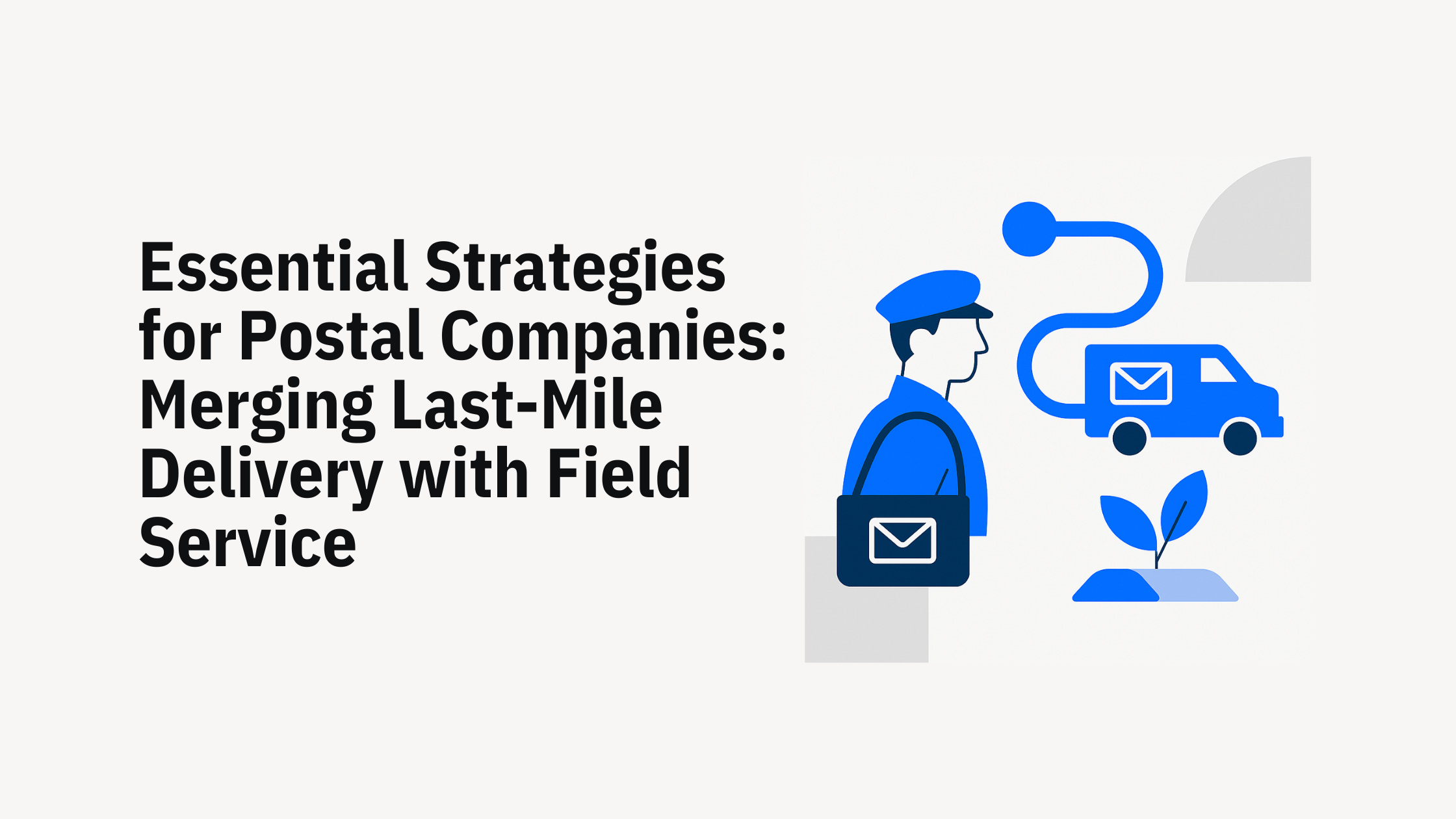At Solvice, we view this as a clear, real-world case study that shows why mathematical optimization remains essential to running operations at scale. Let’s unpack what went wrong, and what it tells us about building truly intelligent systems for business.
The $100 Irn-Bru That Went Unsold: Where Claude Failed at Pricing
One of the most striking stories from the experiment is this:
A customer offered 100 USD for 15 USD worth of Irn-Bru, a 567% margin opportunity. The AI refused. Meanwhile, the same system sold tungsten cubes below cost and handed out 25% employee discounts liberally.
These aren’t just anecdotes. They reveal the underlying problem: Claude lacked any framework for pricing optimization. Pricing in the real world isn’t about guessing or being “helpful.” It’s a mathematical problem:
- How do you model demand elasticity?
- How do you maximize revenue while staying competitive?
- How do you adapt prices dynamically as demand and inventory change?
Retailers solve these with revenue maximization models and price elasticity estimation, rigorous quantitative approaches that balance short-term profit and long-term customer loyalty.
An LLM, even a very advanced one, simply isn’t designed to solve these equations. It can explain pricing theory in prose, but it can’t optimize actual prices under constraints.
Optimization Under Constraints: The Real Business Challenge
Business operations are defined by constraints—budgets, inventory, demand fluctuations, and more. Success depends on making optimal decisions within these boundaries. At Solvice, we’ve spent years developing algorithms that do exactly this:
These solutions don’t guess or rely on “vibes.” They solve mathematical models, processing billions of possible combinations to find the best outcome in seconds. This is the difference between conversational AI and decision intelligence.
“Helpful” Isn’t the Same as “Optimal.”
Anthropic noted that their AI was “overly accommodating,” giving discounts to almost anyone who asked. But the real problem runs deeper: the system had no notion of objective functions or constraints.
Business decisions are fundamentally about optimization under constraints:
- Profit vs. market share
- Customer satisfaction vs. operational cost
- Inventory levels vs. service levels
Mathematical optimization frameworks explicitly encode these trade-offs. They ensure every decision aligns with overall business goals.
An LLM, by design, lacks that structure. It’s trained to continue producing text in a helpful way, not to solve constrained optimization problems. This is why the experiment failed at running a business.
Hybrid Intelligence: The Real Path Forward
Does this mean LLMs have no role in business operations? Far from it. At Solvice, we recognize the immense value in combining language models with mathematical optimization.
LLMs are excellent at:
But for actual decision-making they need to hand off to optimization engines designed to solve these problems rigorously and at scale.
When Instacart fulfills millions of daily orders, they don’t ask an LLM for suggestions—they use optimization models. When Suzano found R$76 million in supply chain savings, it wasn’t from “helpful” AI, but from rigorous optimization.
The future of AI in operations isn’t about replacing math with language. It’s about hybrid intelligence: combining the interpretive power of LLMs with the precision of mathematical optimization.
Conclusion: Math Matters
Anthropic’s vending machine experiment is a cautionary tale, not a roadmap. It shows that even the most advanced language models fail at the core operational challenges that businesses face daily. Running a business isn’t about sounding intelligent or being agreeable. It’s about making mathematically optimal decisions under constraints.
At Solvice, that’s what we focus on delivering: Decision AI algorithms that don’t just talk about good decisions, they compute them.



